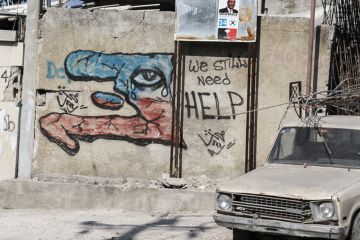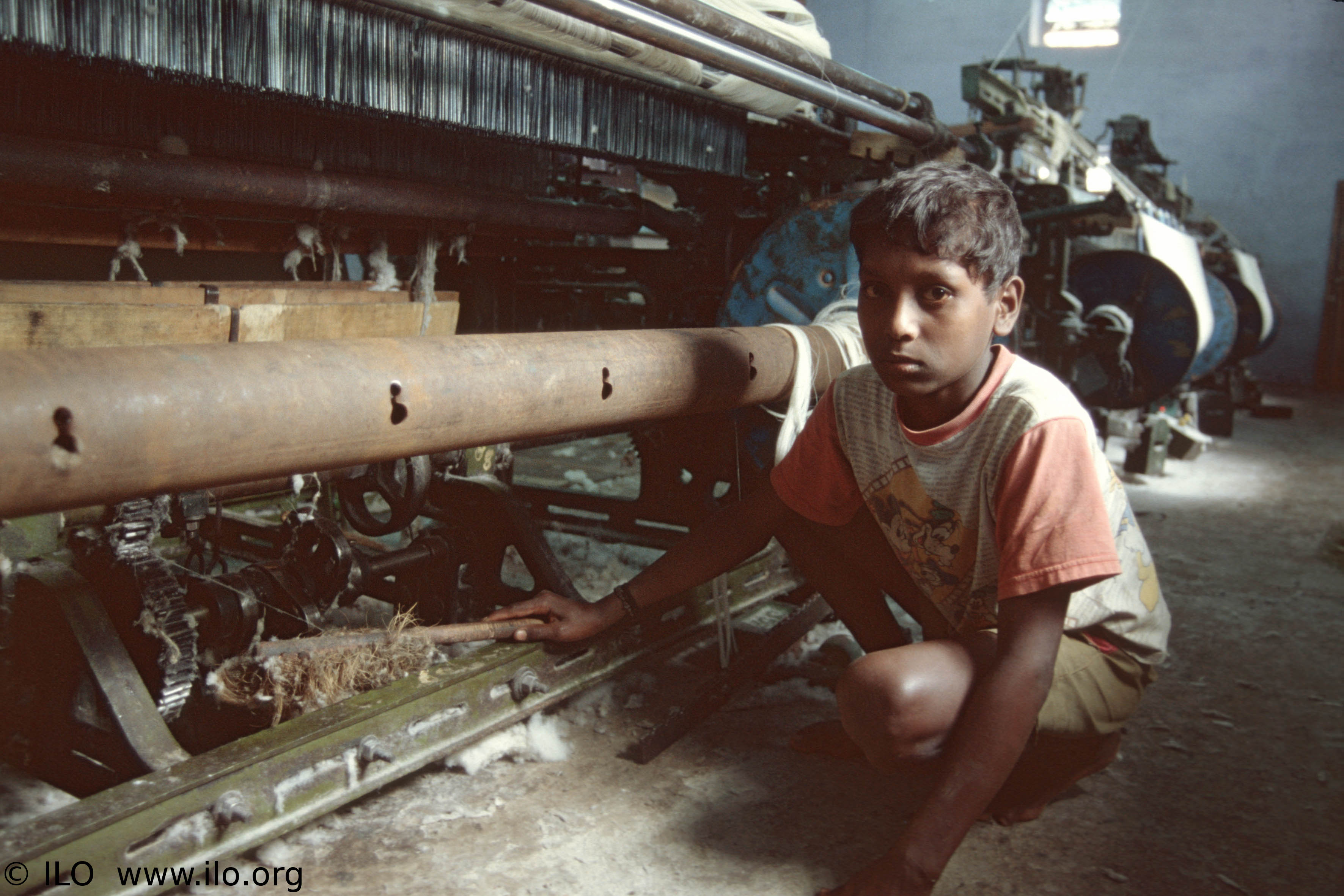The year 2013, marked by the entry foreign troops into Mali in early January, can be said to be a time when the war in the country took on the future tense. Presidential elections are projected for July and France wishes to phase out troops by the year’s end. But though tides have supposedly turned, the conflict should not be allowed to ebb out of the news.
Let us not wrangle with the potential for the Northern Mali conflict to touch off instability in Western Sahara or Niger, nor the Sahara’s reputation as a Wild West of arms traffickers and terrorists-in-training. Instead, Mali is important because of what David Gressly, the UN’s humanitarian coordinator for the Sahel, told Toronto Star in February. He said that the conflict ran deeper than military inches lost or gained, but rather hinged on fundamental problems like malnutrition and lack of development. Another serious food shortfall could start the next crisis.
But even Gressly does not go deep enough. Apart from war’s innate destructiveness, why are food security and development chronic plagues on the Sahel? Why does the Sahel continually make lists for being one of the world’s poorest places, becoming a priority region for the World Food Programme, among other dubious distinctions? The answer is ecological. It is deforestation and the expansion of the Sahara, which make a harsh region even less hospitable. It is also almost certainly rooted in climate change.
The media has not always ignored ecology when it comes to conflict coverage. In 2006 and 2007, as the War in Darfur started tenuous peace talks, high-profile writers such as the economist Jeffrey Sachs and Ban Ki-Moon, the UN Secretary-General, explored links between climate and the region’s ethnic and religious fissures. The writers alleged that personal hardships arising from climate change found expression in existing group rivalries and differences. They were promptly criticised. Focusing on Darfur’s climate dimensions overlooked Sudan’s government’s contribution to the region’s suffering, some said. Climate change itself had skeptics, who held that helping the displaced and bringing peace were more worthwhile challenges. Worst of all, the debate ended there.
The picture looks similar today. Writers who trace the conflict in Northern Mali to climate change, myself included, are not “mainstream,” but hide out in special-interest magazines pointing out what the mainstream should do. But the field is open for large-scale, coordinated digging, to cement the hypotheses that connect the Sahel’s drying to rising Indian Ocean temperatures, or posit that global CO2 levels could override chances that the region could cycle from drought to wet. Moreover, concerted reporting in this direction is socially responsible, highlighting how the world’s most under-privileged people also suffer most from a crisis of global making, building environmental justice into our consciousness.
When two conflicts hit similar ecological zones a decade apart, it may not be enough to make a trend, but it warrants a more lingering look.




